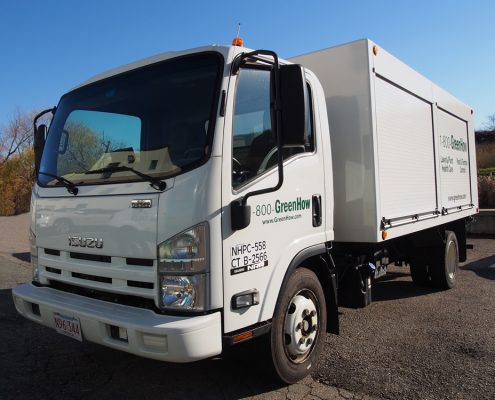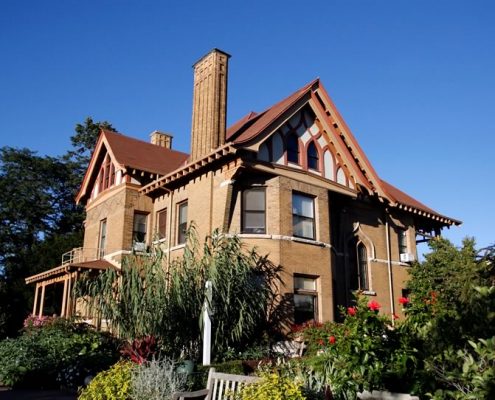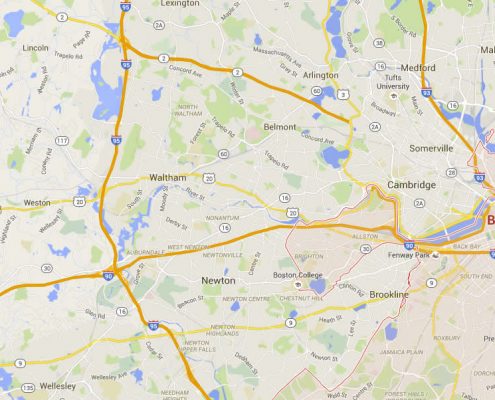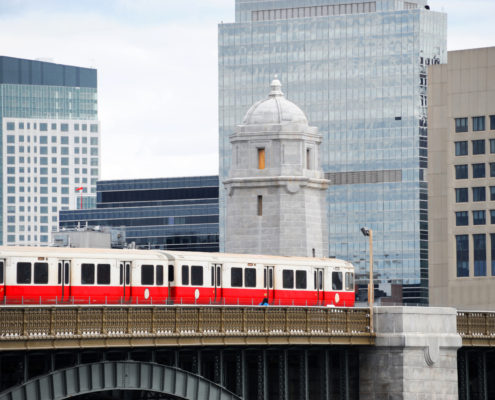Pest Control Services in Hopkinton, MA
WE SERVE YOU AT YOUR HOPKINTON PROPERTY
Incorporated in 1715, Hopkinton is currently home to more than 15,000 residents, with nearly 2,500 living in a village within the town called Woodville. The town’s name came from Edward Hopkins, an early colonist who invested a large sum of money in various lands around New England.
When the town first started, Hopkinton primarily relied on grain as its production crop. Later, fruit and dairy industries became more popular, and the city began relying on these as their sources of revenue. Agriculture remained the town’s primary purpose until the boot and shoe industry took hold in 1840.
Every year in April, Hopkinton hosts over 30,000 runners and 500,000 spectators for the Boston Marathon. The marathon’s starting line is located near the northeast corner of Hopkinton Town Common.
215 Hopkinton properties are listed and protected in the State Register of Historic Places. Much like the rest of New England, the amount of history is unsurprising, with plenty of open space and natural resource access. However, these old homes, open land, and water resources can invite plenty of unwanted pest populations.
PEST CONTROL SERVICES AVAILABLE IN HOPKINTON, MA
Nobody wants to deal with bugs, which is why Greenhow Pest Control does it for you. As natives to the Boston Metro area, Greenhow’s team knows exactly what kind of insects and rodents can infest your home and backyard — especially in the Hopkinton area.
Pest Control
If you’re searching for residential pest control in Hopkinton, then you don’t have to look any further. With years of expertise in dealing with pests, Greenhow can combat unwanted insect infestations like centipedes, cockroaches, crickets, and spiders in and around your home.
Mosquito & Tick Control
Just one bite from mosquitoes and ticks can ruin any summer day. These small creatures are also more than capable of spreading dangerous diseases, like West Nile and Lyme. But you don’t have to worry thanks to Greenhow’s all-inclusive pest control. With a comprehensive four-step approach, the whole family can enjoy the outdoors once again.
Termite Control
It’s safe to say that every homeowner’s worst nightmare is dealing with termites. Although small, these pests develop into grand colonies of thousands—and can even cause thousands of dollars worth of damage. The best way to avoid this unwanted expense is to get your home inspected for termites every year by experts who know how to identify and eradicate a termite infestation.
Plant Health Care
Everybody wants beautiful trees and shrubs, but obtaining them can be a challenge. Soil health and nutrient requirements can be significant factors in how your plants grow. What’s even worse is dealing with pests can kill healthy plants in just weeks. With Greenhow’s expertise, you can have stunning trees and shrubbery all year long.
Rodent Control
Although cute from far away, rodents like rats and mice are some of the last things you want running around your home. But if they do come inside, these infestations can be dangerous to the house’s infrastructure—and can even attract other pests when they leave behind their feces.






